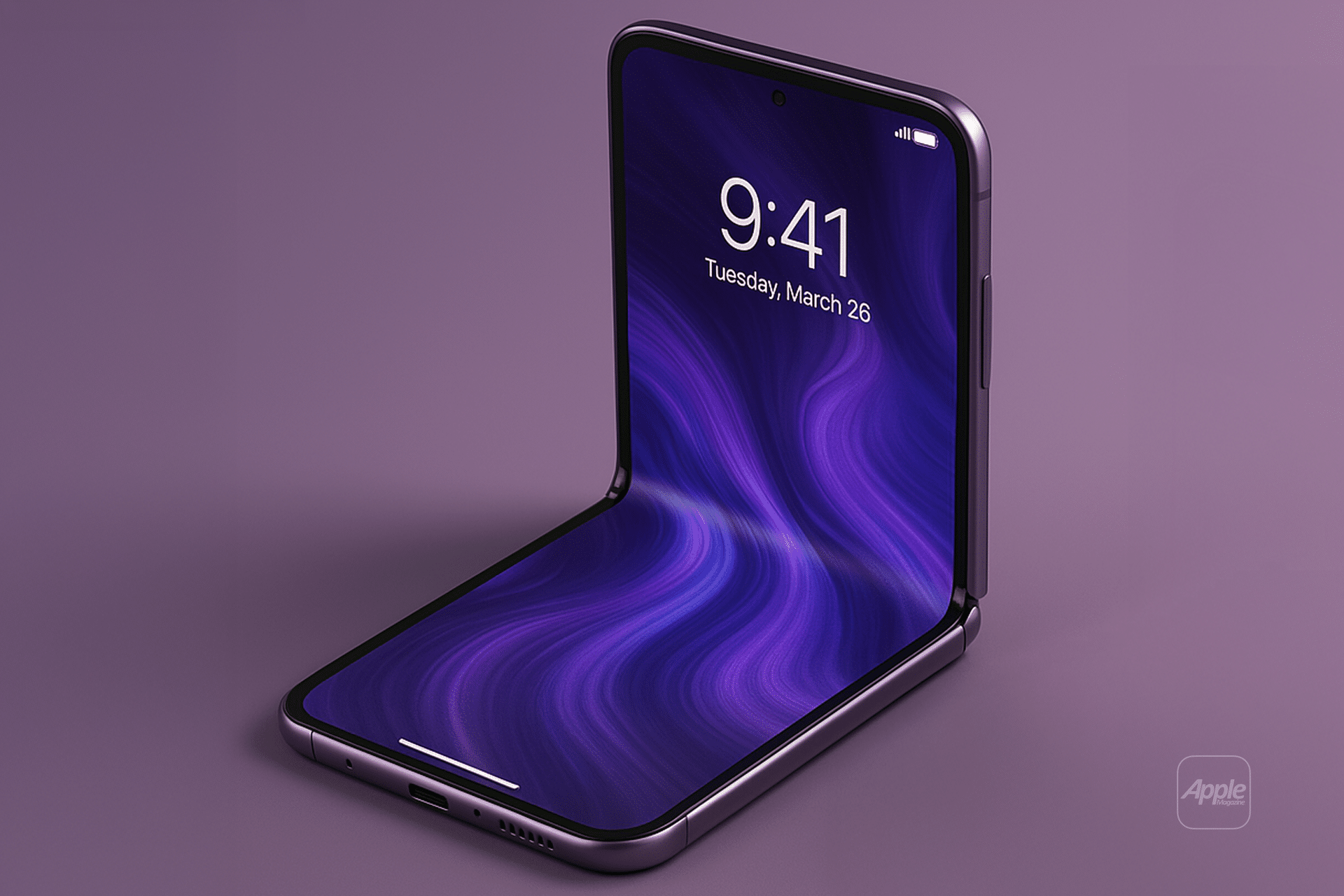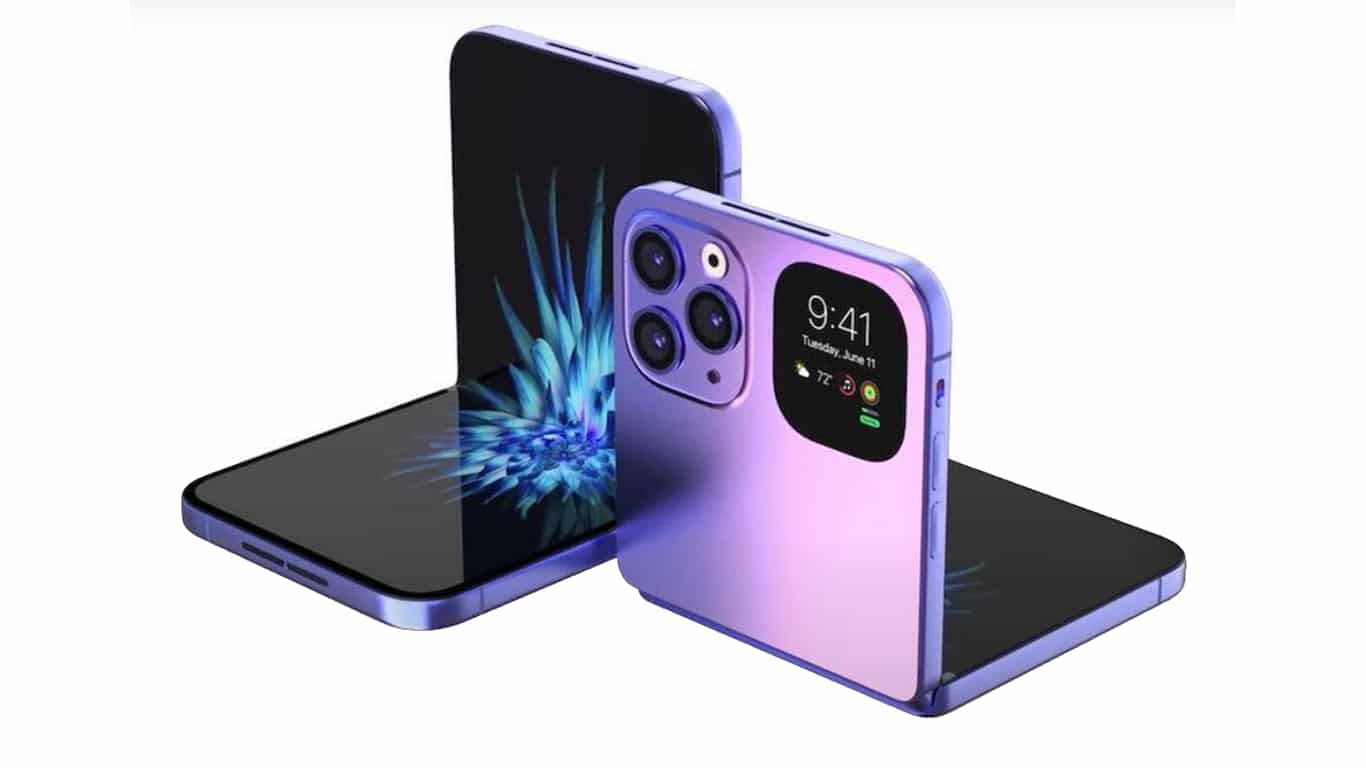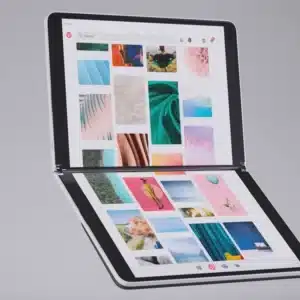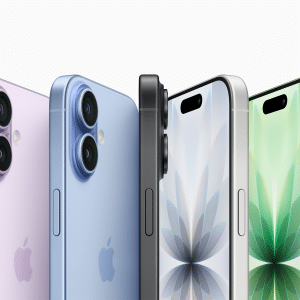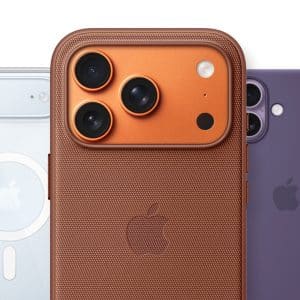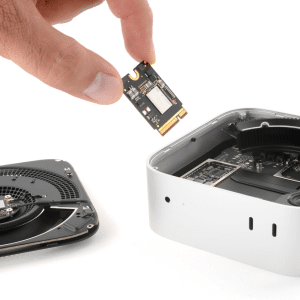Samsung Display, a leader in OLED technology, will exclusively provide the foldable screens for Apple’s iPhone Fold, sidelining other contenders like LG Display and China’s BOE. According to industry insiders cited by Business Korea, Apple’s decision hinges on Samsung’s unmatched expertise in minimizing the dreaded screen crease—a common issue in foldable devices that can mar the viewing experience. Samsung’s experience, honed through years of producing foldable screens for its own Galaxy series since 2019, gives it a technical edge that aligns with Apple’s high standards.
The iPhone Fold is rumored to feature two screens: a 7.8-inch main display that unfolds to offer an iPad-like experience and a 5.5-inch external screen for use when closed. These OLED panels are designed to deliver vibrant colors and deep blacks while maintaining durability for repeated folding. Full-scale production is slated to begin by late 2025 or early 2026, with Samsung expected to supply over 15 million units annually, surpassing initial estimates of 9 million.
Why Samsung? Quality Over Competition
Apple typically diversifies its supply chain to keep costs down and ensure consistent quality, so choosing a single supplier is a bold move. Business Korea notes that Apple prioritizes quality over price when selecting component partners, and Samsung’s ability to reduce screen creasing made it the clear choice. This decision could solidify Samsung Display’s dominance in the foldable OLED market, potentially boosting its global share from 40% to over 70% once shipments begin.
For users, this means the iPhone Fold is likely to offer a polished experience right out of the gate. A smoother, crease-free display could set Apple’s foldable apart from competitors, addressing a common complaint among early adopters of foldable phones. The partnership also underscores Samsung’s dual role as both a rival and a key supplier to Apple, a dynamic that has long defined their relationship in the smartphone industry.
What to Expect from the iPhone Fold
The iPhone Fold is shaping up to be a premium device with a price tag to match—analysts predict it could retail for around $1,400, similar to Samsung’s Galaxy Z Fold. When folded, the 5.5-inch external display will function like a standard iPhone, running iOS and supporting everyday tasks. Unfolded, the 7.8-inch screen will offer a larger canvas for multitasking, gaming, or media consumption, potentially incorporating features like an under-screen camera to maximize display space.
Apple’s focus on eliminating creases suggests a meticulous approach to design. Sources indicate that the company is working with U.S. firm Amphenol for the hinge mechanism, a critical component that ensures smooth folding and durability. While exact specifications remain under wraps, the iPhone Fold is expected to blend Apple’s signature sleek aesthetic with cutting-edge display technology, appealing to tech enthusiasts eager for a new form factor.
The Bigger Picture: A Growing Foldable Market
Apple’s entry into foldables could shake up the market, which has been dominated by Samsung and other Android manufacturers. According to Counterpoint Technology Market Research, foldable smartphone shipments grew modestly in 2024 but are expected to dip slightly in 2025 due to high prices. However, Apple’s brand power and loyal customer base could reignite interest, especially in the U.S., one of the world’s top smartphone markets. A successful iPhone Fold launch might not only boost Apple’s sales but also drive broader adoption of foldable devices.
For consumers, the iPhone Fold promises versatility—a compact phone when closed and a tablet-like experience when open. It’s a practical solution for those who want more screen real estate without carrying a separate device. However, the premium price and the inherent fragility of foldable screens may limit its appeal to early adopters and Apple loyalists initially.
Challenges and Opportunities
While Samsung’s expertise is a boon, relying on a single supplier could pose risks. Supply chain disruptions or production delays might impact Apple’s ability to meet demand, especially if the iPhone Fold exceeds sales expectations. Additionally, the high cost of foldable OLEDs could keep the device out of reach for budget-conscious buyers, a challenge Apple may address in future iterations.
On the flip side, this partnership could push foldable technology forward. Apple’s rigorous standards may drive Samsung to refine its manufacturing processes, benefiting the entire industry. As more consumers embrace foldables, we could see innovations in durability, software optimization, and even pricing, making the technology more accessible over time.
A Foldable Future Awaits
Apple’s decision to partner with Samsung Display for the iPhone Fold is a clear signal that the company is serious about foldables. By leveraging Samsung’s OLED prowess, Apple aims to deliver a device that combines cutting-edge technology with the seamless user experience it’s known for. As production ramps up and the launch draws closer, all eyes will be on Apple to see if it can redefine the foldable smartphone category.
For now, tech enthusiasts can look forward to a device that promises to blend the best of iPhone and iPad into one versatile package. Whether it’s worth the premium price remains to be seen, but one thing is certain: the iPhone Fold is poised to make waves when it arrives.

